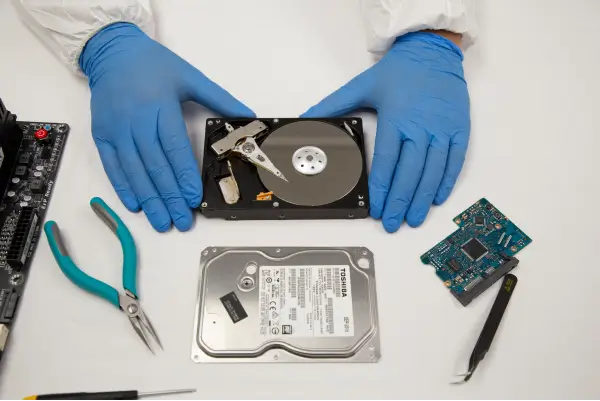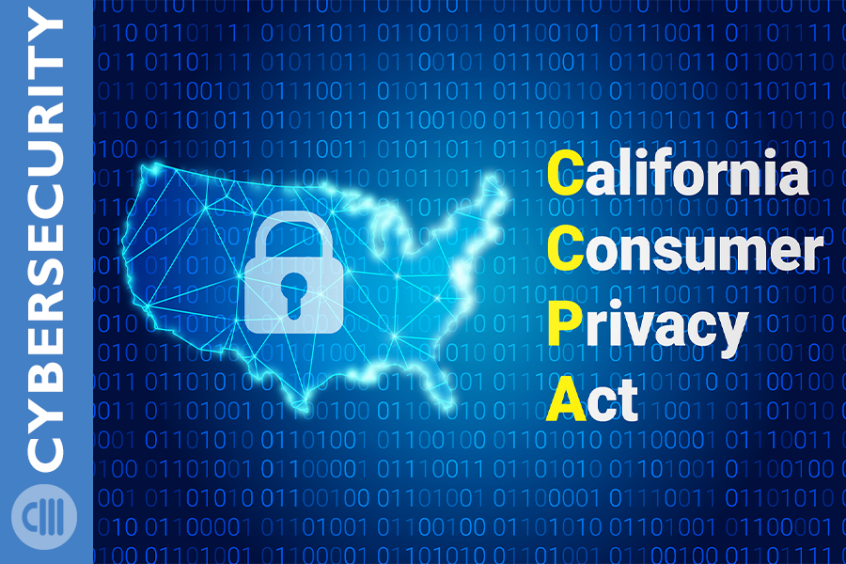When a patient needs an x-ray to determine internal issues inside of the body, those pictures must be stored in some capacity. According to a study by the IMV Medical Information Division, over 182 million procedures took place in the radiology departments throughout the country in 2010. This number has only grown over the years as the change from 2005 to 2010 showed an annual growth of 5.5%. These medical images provide an intimate look into a person’s internal structures. The current problem health care industries have is how to store these medical records while adhering to privacy laws.
What Is Home Imaging?
Medical imaging is a procedure that is done on location when a medical technician travels to the patient. The most common mobile imaging service is x-rays, which are a form of diagnostic radiology. They are used to diagnose the cause of your symptoms, screen for illnesses, and see how your body responds to treatment. Forms of x-rays include computed tomography (CT) scans, mammograms, and ultrasounds as well as plain x-rays.
Mobile imaging may be required for several types of patients. A person may be unable to leave their home or it would harm their health to attempt to do so. Residents of nursing homes and other long-term care centers are another target facility for mobile x-rays. Many companies also provide x-rays for those in correctional facilities.
How Are Radiology Images Stored?
Currently, the mobile x-ray imaging files are stored on devices including USBs and PACS. The files that are stored don’t just contain the image of the x-rayed body part but houses information including a patient’s name, history, and other details relating to their medical care. Picture archiving communication systems or PACS offer an off-site storage solution to digitally retain images. The only problem with these solutions is incomplete security; too many hands have access to vital personal data.
SecureDrives and SecureUSBs allow for managed control over who has access to certain drives. With the privacy regulations for medical information growing, x-ray images sometimes have to be stored for years. When this data is in the hands of a medical professional for that length of time, you need the highest quality of protection that is offered.
Privacy Standards for Hospital Imaging
Those who perform mobile radiology exams must be board-certified radiologists or x-ray technicians. All health care practices, whether they be radiology or other fields, must follow the laws of the Health Insurance Portability and Accountability Act (HIPAA). This is a federal law that protects individually identifiable health information. This essentially works to protect a patient’s information from being used in a manner outside of its original purpose. In many cases, a patient must give express-written consent for the information to be disclosed in any way. SecureDrives are HIPAA compliant, GDPR compliant and are Privacy Shield certified. They are also FIPS 140-2 certified which means they follow national standards set forth by the National Institute of Standards and Technology to ensure data is completely secure throughout the transportation process.
Benefits of Using SecureDrive for Home Imaging
SecureDrives are operating system independent, meaning they are compatible with any corporate-issued devices that technicians and doctors use on a daily basis. One admin is assigned to a BT model and is the only one who can unlock the drive for use. This limits the number of people who come in contact with intimate patient data. With features like time fencing and geo-fencing, an admin can allow the drive to be used only within certain location parameters and only during certain times. When a technician must travel to a certain location to perform x-rays, the admin knows that they will only access records at the appropriate appointment time, in the designated area.
A decent amount of travel is required for mobile imaging to happen, and the SecureDrive products offer a safe solution for files in transit. If the BT device were to be lost or stolen, the information is protected with hardware encryption and no one except the admin can unlock the device. It also provides accountability by serving as a way to ensure your employees are doing their job. With the access log, an admin can see the time and place that a user logged into the drive. With our top-notch security credentials and military grade hardware encryption, SecureDrives offer the best solution for radiology mobile imaging storage.












